Hidden Gems: Unique Building Materials in Kenya
Our countries construction industry is experiencing a transformative era, with builders and architects seeking innovative materials to create structures that are sustainable, cost-effective, and tailored to the environment. While concrete and steel dominate most projects, an exciting array of unique building materials is emerging, blending tradition, innovation, and sustainability.
Let’s explore some of these hidden gems and their potential to redefine Kenya’s construction landscape.
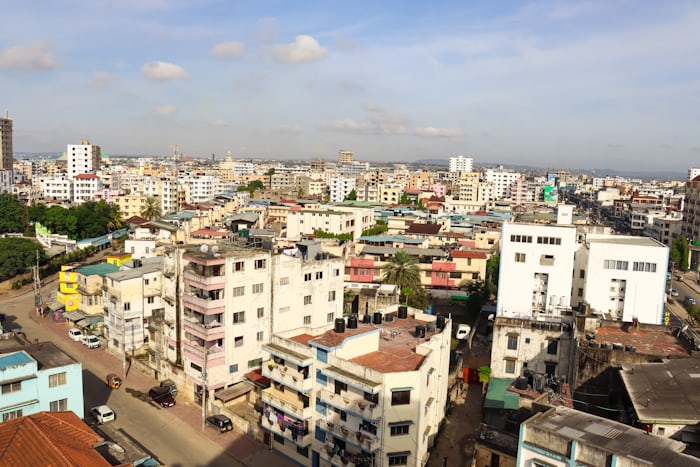
1. Bamboo: Nature’s Versatile Wonder
Bamboo is gaining recognition in Kenya for its strength, sustainability, and versatility. As a fast-growing plant, it offers a renewable alternative to traditional timber. Builders are using bamboo for flooring, roofing, and even entire structural frameworks in eco-friendly housing projects.
In areas like Kisumu and parts of the Rift Valley, bamboo plantations are thriving, providing a local and sustainable supply. Beyond its aesthetic appeal, bamboo has excellent tensile strength, making it suitable for resilient construction.
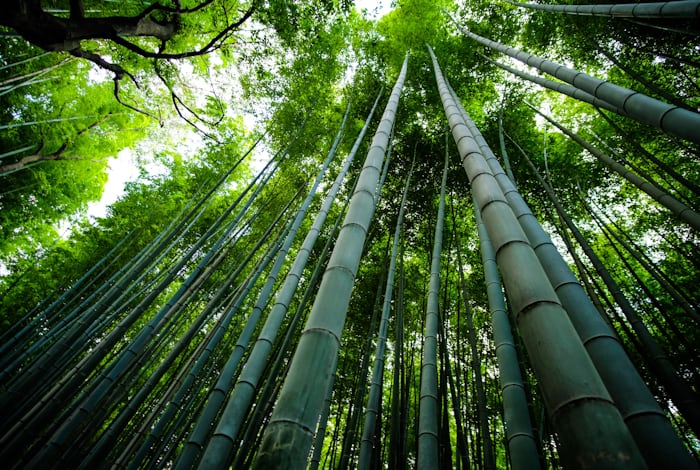
Why It Matters:
- Renewable and eco-friendly
- Locally available in many parts of Kenya
- Durable and lightweight
2. Volcanic Rock: Nature’s Durable Gift
Kenya’s volcanic landscapes, particularly around Mount Kenya and the Great Rift Valley, offer an abundance of volcanic rock. This naturally occurring material is not only visually stunning but also incredibly durable. Builders often use volcanic rock for cladding, walls, and decorative features.
Its natural insulation properties make it ideal for maintaining cooler interiors, particularly in Kenya’s warmer regions like Mombasa.
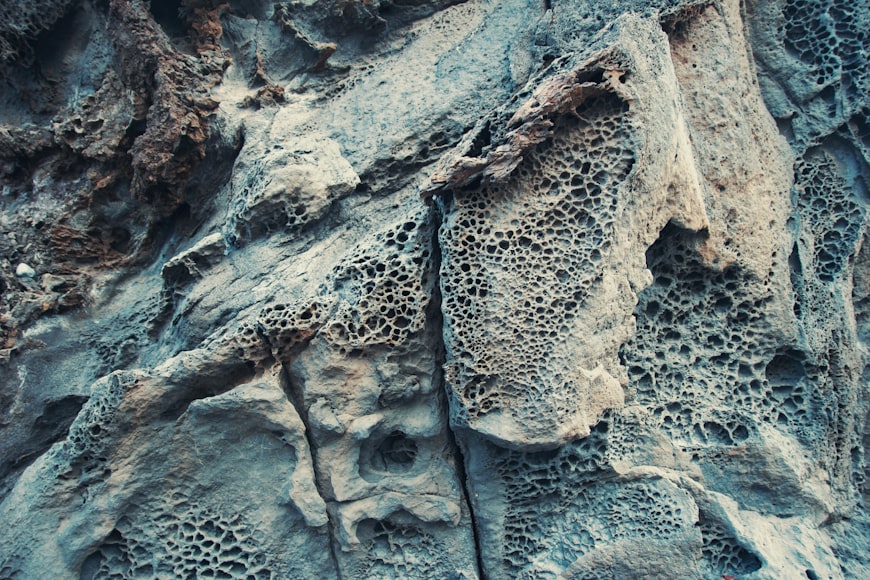
Why It Matters:
- Aesthetic and durable
- Ideal for hot climates due to thermal insulation
- Abundant in volcanic regions of Kenya
3. Recycled Plastic Bricks: A Sustainable Solution
Recycling plastic waste into construction bricks is one of the most innovative trends in Kenya’s construction sector. Companies like Gjenge Makers are leading the way by producing durable and affordable bricks made entirely from recycled plastic. These bricks are lightweight, water-resistant, and up to five times stronger than conventional concrete.
This innovation addresses two major challenges: Kenya’s plastic waste problem and the high cost of construction materials.
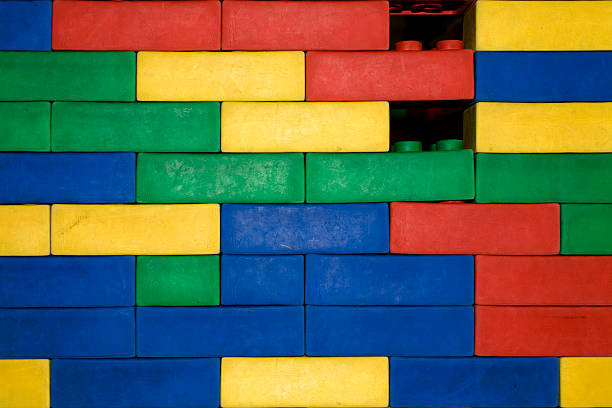
Why It Matters:
- Environmentally friendly, reducing plastic waste
- Affordable and durable
- Lightweight and easy to transport
4. Makiga Stabilized Soil Blocks: Affordable and Efficient
Makiga stabilized soil blocks (SSBs) are a game-changer for affordable housing. These blocks are made by compressing a mixture of soil, a small amount of cement, and water using a manual machine. They require minimal mortar during construction, reducing overall costs.
SSBs are widely used in rural and urban areas, offering an affordable and sustainable alternative to traditional bricks. They are also more environmentally friendly since they do not require burning, which contributes to deforestation and air pollution.
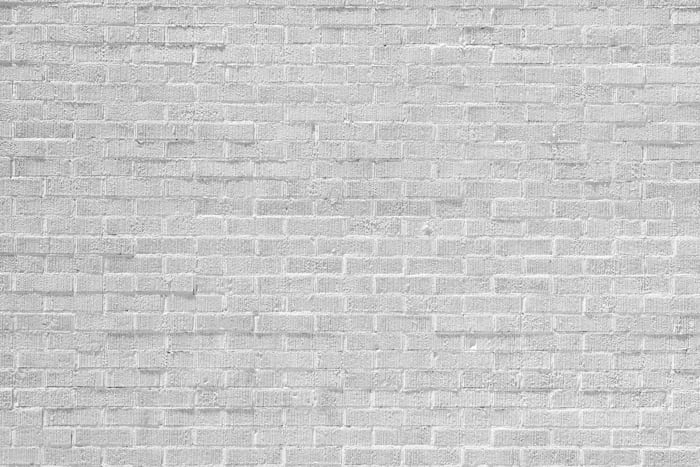
Why It Matters:
- Cost-effective and eco-friendly
- Locally produced with minimal resources
- Reduces construction time and costs
5. Cactus Boards: A Desert-Inspired Innovation
In arid regions of Kenya like Turkana and Garissa, innovative builders are exploring the use of cactus boards for construction. Cactus plants, abundant in these areas, are processed into boards that can be used for walls and roofing. These boards are lightweight, durable, and provide excellent thermal insulation.
This innovation is particularly suited for regions prone to extreme heat, offering a sustainable and cost-effective solution for local housing needs.
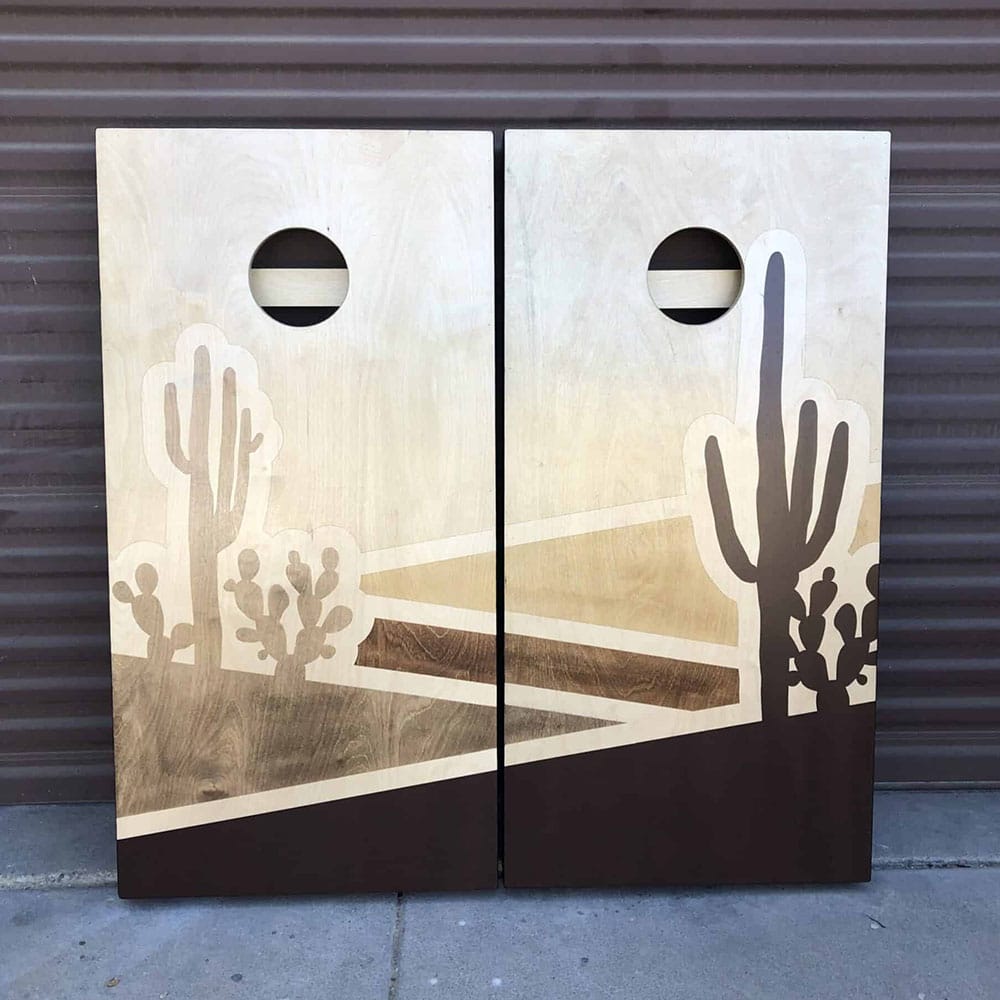
Why It Matters:
- Abundant in arid regions
- Excellent thermal insulation
- Lightweight and sustainable
6. Water Hyacinth Panels: From Problem to Solution
Lake Victoria’s water hyacinth problem has long plagued communities relying on the lake for fishing and transport. However, innovators have found a way to turn this invasive plant into an opportunity. By processing water hyacinth fibers, they create panels and boards used in construction and furniture making.
These panels are lightweight, biodegradable, and suitable for eco-friendly interior finishes.
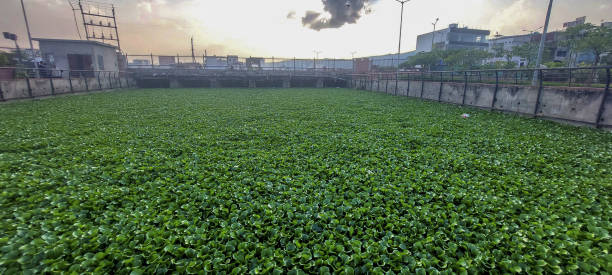
Why It Matters:
- Converts an environmental nuisance into a resource
- Lightweight and biodegradable
- Promotes sustainable practices
The Impact of Unique Materials on Kenya’s Construction Industry
Incorporating these unconventional materials offers more than just aesthetic and functional benefits. It drives a shift toward sustainability and local sourcing, reducing dependency on imported materials while addressing environmental challenges like deforestation, plastic waste, and climate change.
These materials also provide opportunities for local industries to thrive. From bamboo farmers to entrepreneurs recycling plastic, the demand for alternative materials creates jobs and boosts Kenya’s economy.
Challenges to Adoption
Despite their potential, these materials face hurdles in gaining widespread acceptance. Limited awareness, lack of skilled labor for proper installation, and resistance to change are common challenges. However, as more builders and architects embrace innovation, these materials are gradually finding their way into mainstream construction.
Conclusion
Kenya’s unique building materials are more than just alternatives; they are the future of sustainable construction. Bamboo, volcanic rock, recycled plastic bricks, and other hidden gems represent a shift toward eco-conscious and cost-effective building practices.
By embracing these materials, Kenya’s construction industry can lead the way in creating structures that are not only durable and beautiful but also kinder to the environment. The next time you pass a stunning home or a state-of-the-art office building, take a moment to think about the materials that made it possible—you might just find a hidden gem behind the walls.
Keywords and Key Phrases:
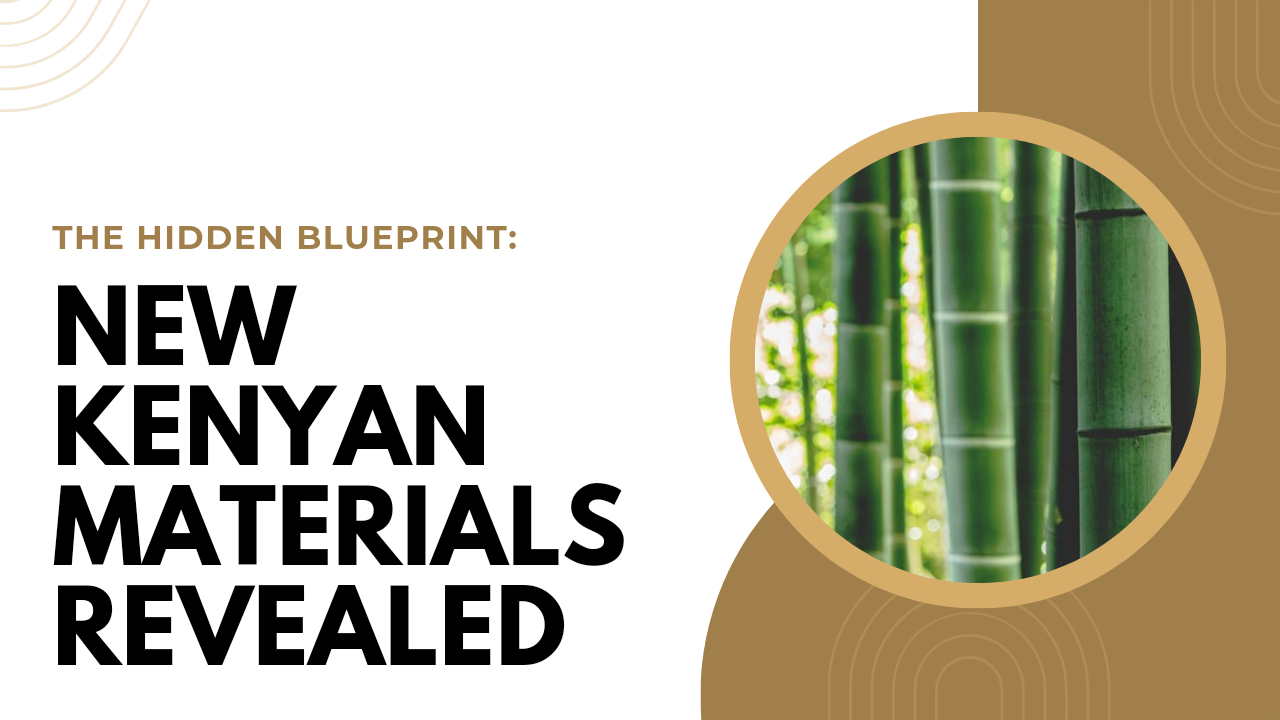
Makiga stabilized soil blocks
Water hyacinth panels
I visited various web sites except the audio quality
for audio songs current at this web site is genuinely wonderful.